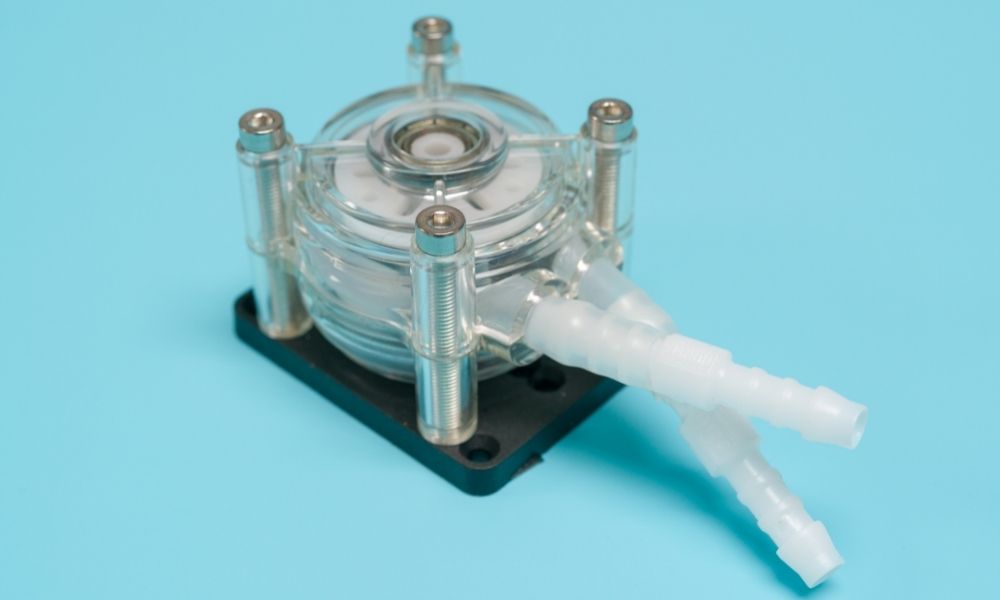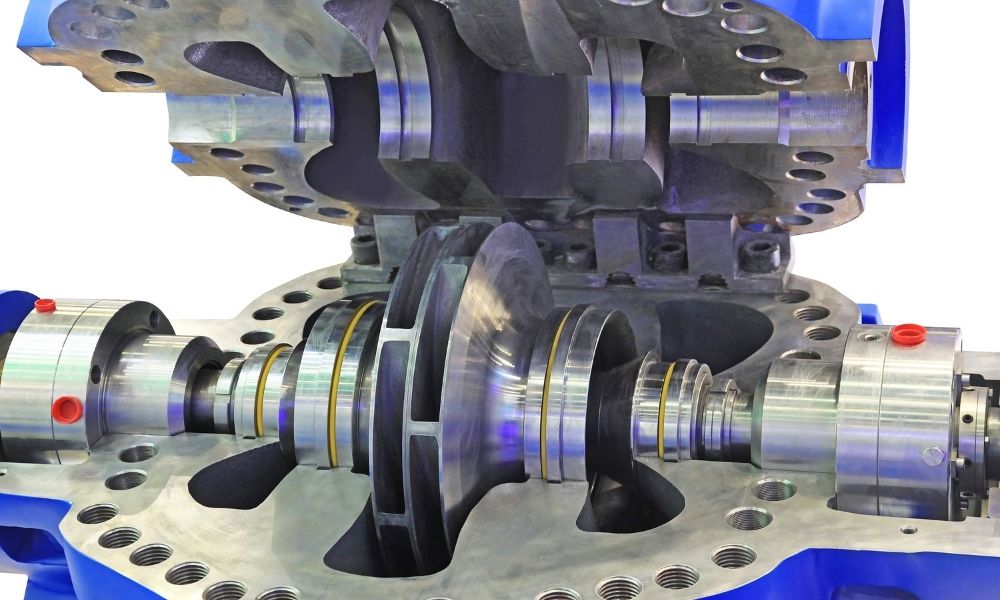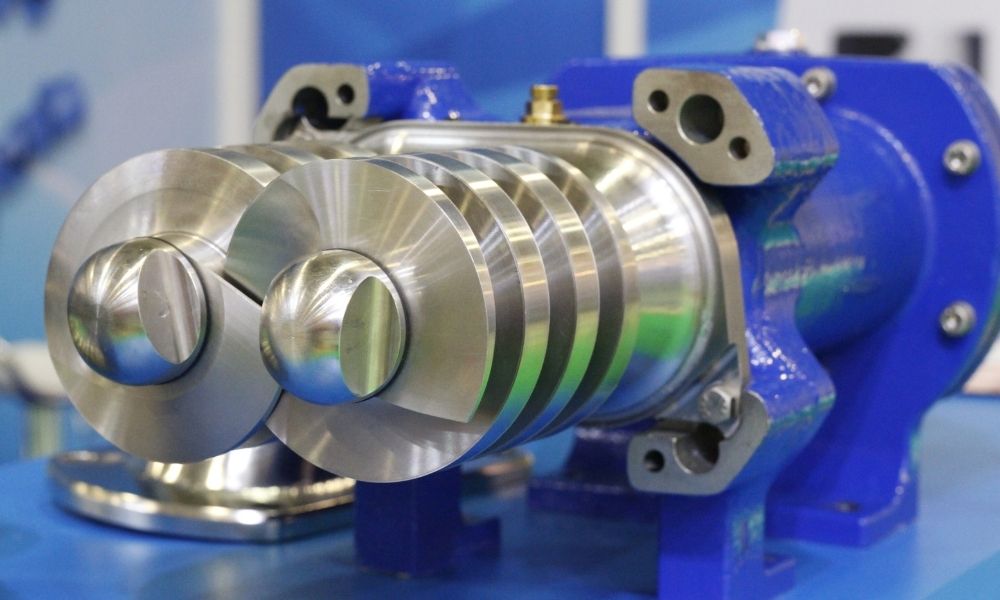
4 Reasons of Industrial Pump Failures To Know About
July 12, 2021
5 Types of Gear Pumps: Features and Applications
July 23, 2021Pumping liquids is a necessary part of many manufacturing and industrial businesses, and business owners must know the pros and cons of different pumps. Understanding the differences between peristaltic vs. diaphragm metering pumps will allow you to make an informed decision about which method is best for your specific needs; one may prove to have benefits while having deal-breaking aspects in design, for instance. Be aware of what your needs call for and what these two different pumps have to offer. Let’s learn about Peristaltic Versus Diaphragm Metering Pumps.
Peristaltic Pumps
Each pump has a unique method of transporting liquid, but peristaltic pumps facilitate this movement by squeezing the liquid-filled hose in one direction and using a sort of milking technique to move fluids.
Advantages of Peristaltic
These types of pumps are easy to use and can handle denser or dirty liquids. This ability to move heavier liquids comes from the fact that peristaltic pumps don’t have check valves, which eliminates potential clogging hazards. Peristaltics also offer greater operation capabilities against backpressure and thicker solutions, making everything flow more smoothly.
Some Disadvantages
The most significant drawback of peristaltic pumps comes from the hose itself. Due to the constant squeezing of material through the line, the hose weakens gradually over time. This steady deterioration is something you must address regularly to ensure no catastrophic failures. You can greatly mitigate the issue when you employ proactive maintenance routines.
Diaphragm Pumps
Whereas peristaltics use squeezing to move liquids, diaphragm pumps use vibration to form a suction.
Advantages of Diaphragm
The pump itself has high durability, leading to fewer leaks over time and a more secure connection. Diaphragm pumps also offer cheaper ongoing costs, as the system can be more affordable to maintain and can last longer than peristaltics with sufficient service.
Some Disadvantages
The most notable downside is that these pumps have check valves, which can result in increased clogging. This makes it necessary to ensure the liquids pumping through are clean and less dense; otherwise, you risk inaccurate metering and a system failure if the problem persists. Aside from the greater risk of clogging, maintenance of diaphragm pumps require more technical knowledge as the system is more complex.
Know What Your Situation Calls For
When you’re determining whether you need peristaltic or diaphragm metering pumps, take stock of what you generally deal with. When you often work with dirty or thick liquid, look into peristaltic pumps for sale. Or, if you know how to use them, diaphragm pumps can save you money in the long run with their streamlined maintenance. Make sure you have exactly what you need.




